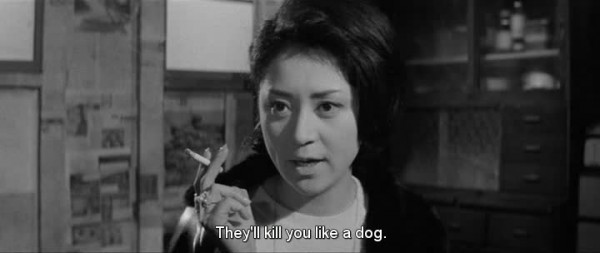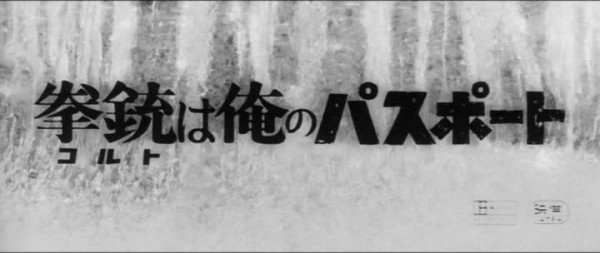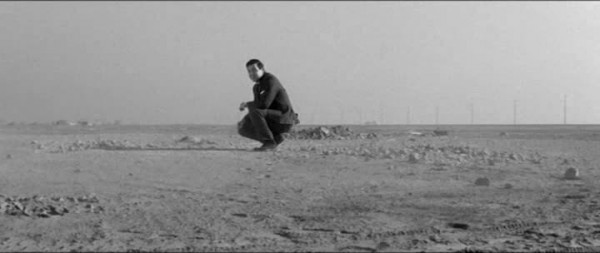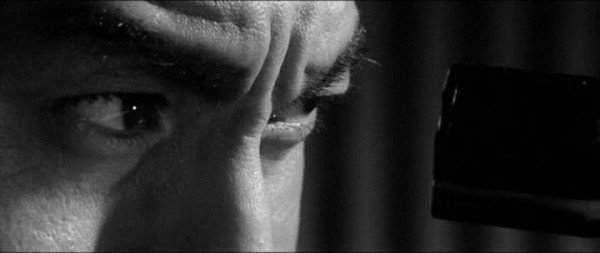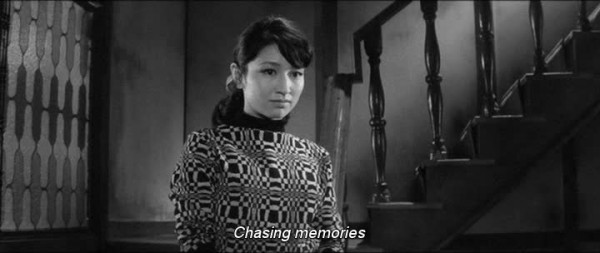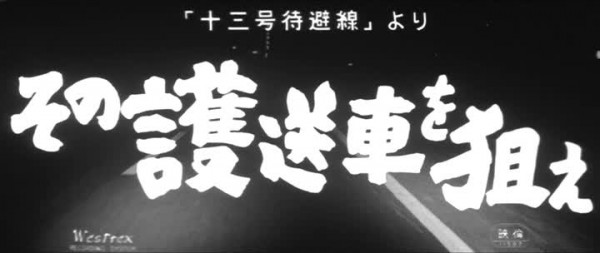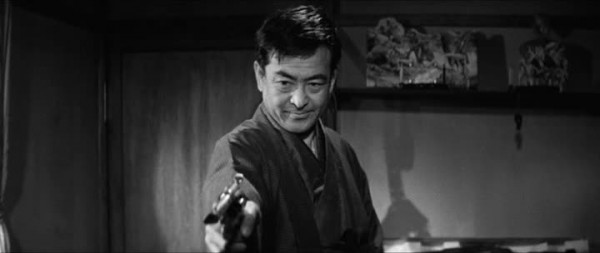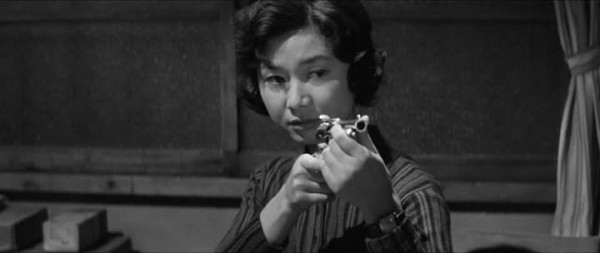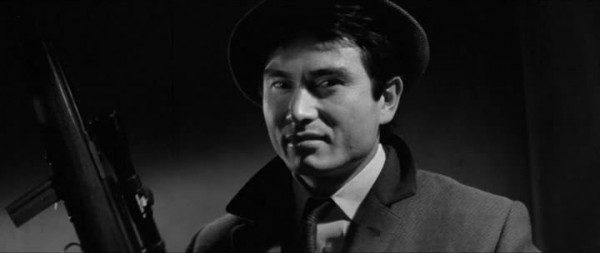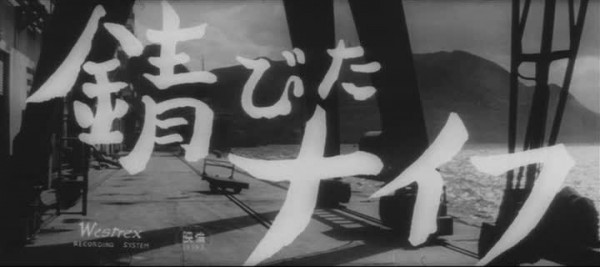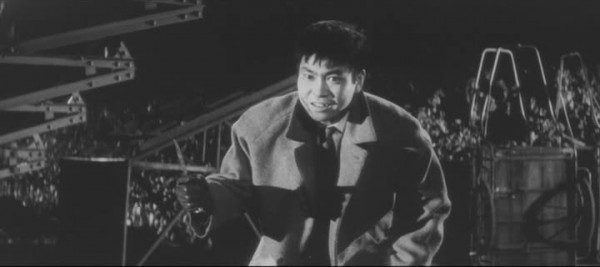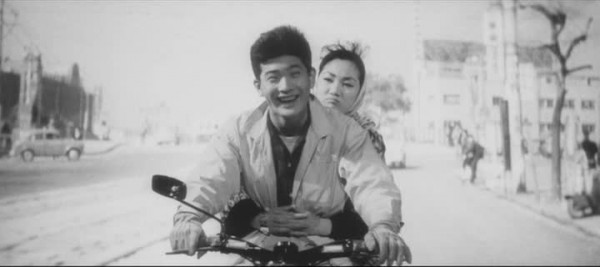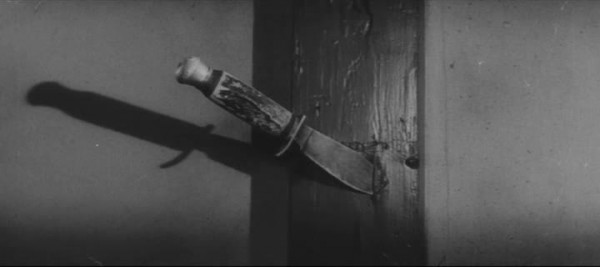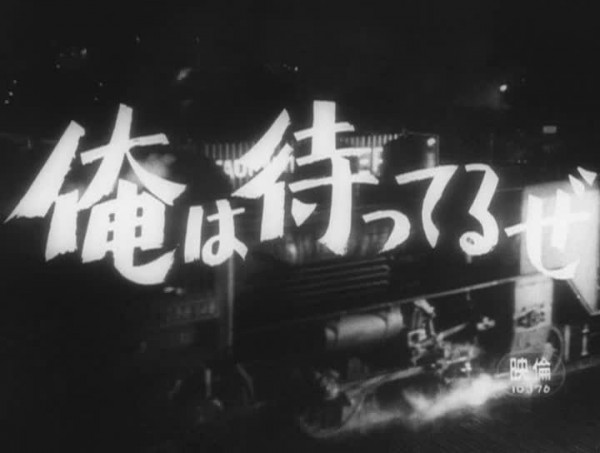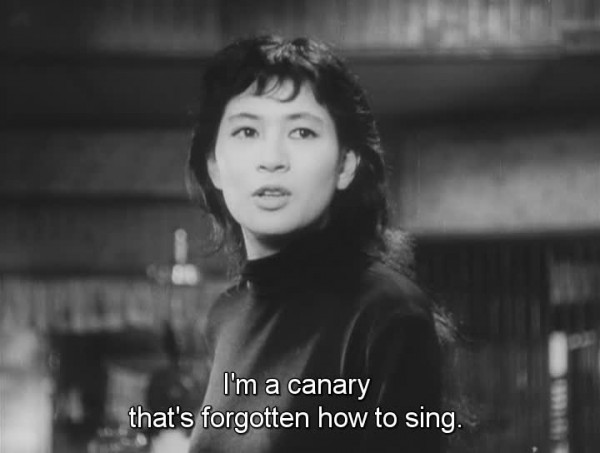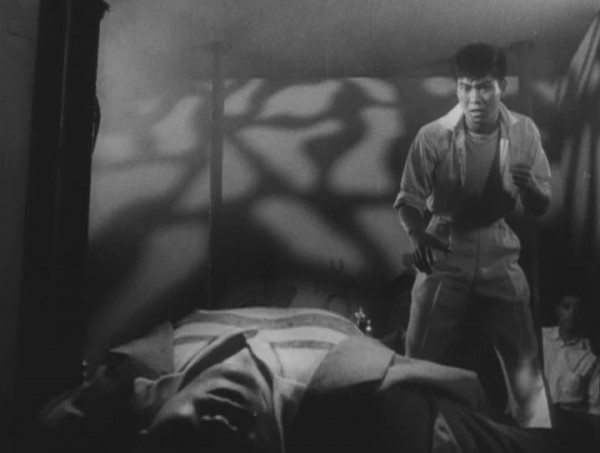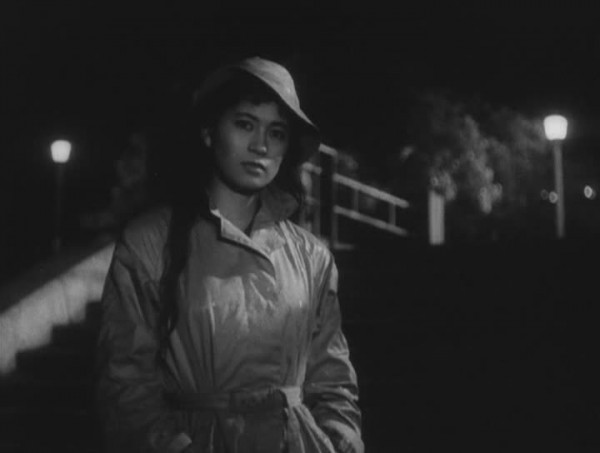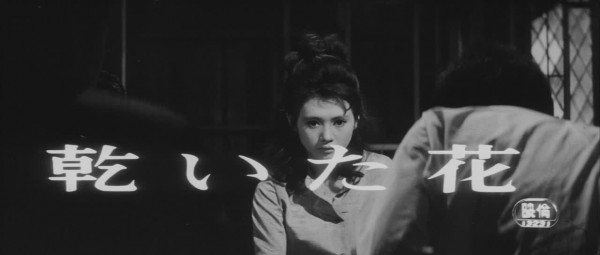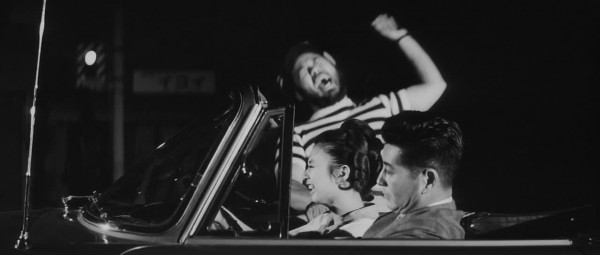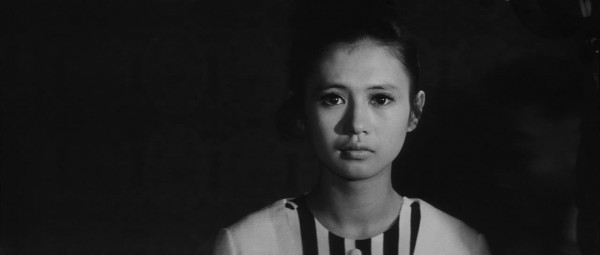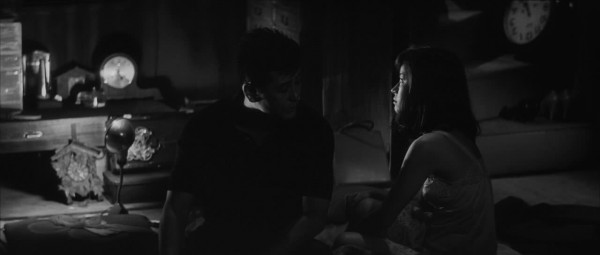Cruel Gun Story
aka 拳銃残酷物語 aka Kenju Zankoku Monogatari
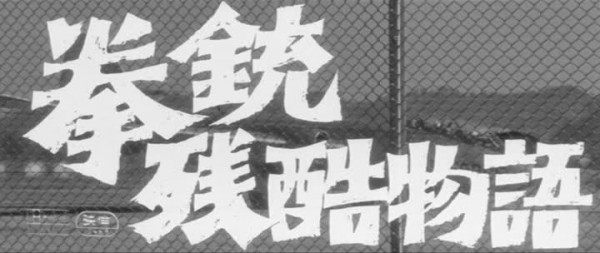
1964![]()
Written by Haruhiko Oyabu
Screenplay by Hisataka Kai
Directed by Takumi Furukawa
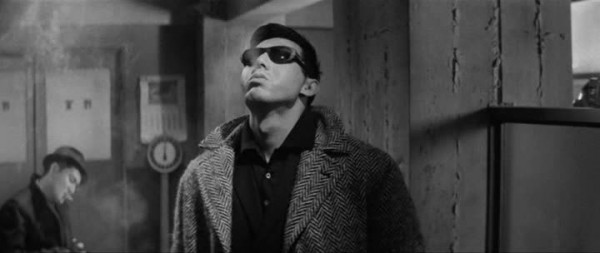
Cruel Gun Story is a standout entry from the Nikkatsu Noir boxed set, possibly my favorite (with A Colt Is My Passport a close second) of the set, and maybe even one of the better Japanese noir flicks out there. A criminal is hired to lead a heist, but before you can say “setup”, there is an onion farm’s worth of layers of betrayals that spiral out of control into the inevitable conclusion. Part of the drama is not if certain characters will betray everyone, but just when and how they will do so. The mix of everyone looking out for themselves while things keep hitting the worst of all possible universes for outcomes suggests the cruel object isn’t the gun, but life itself for those who choose to live by it and anyone caught in the crossfire.
Joji Togawa is fresh out of the joint, but before he even has a chance to breathe, he’s being scoped out by a yakuza boss to run and armored car heist. Togawa is what he is, and ends up agreeing, though he’s big on saying how this is his one last job. So we know things aren’t going to end well. Togawa meets his team with his old friend, Shirai (Yuji Odaka), it includes Okada (Shobun Inoue) – a former boxer, and Teramoto, a big mouth junkie (and whose girl, Keiko (Minako Kazuki), tags along). Another member is rejected immediately when it’s revealed he easily spills his guts when threatened.
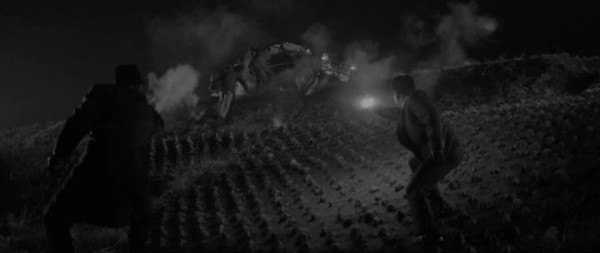
The target is an armored car full of 127 million yen in racetrack money, and guarded by motorcycle cops. The plan to snag the car goes off with only a few minor hitches, but that’s when things hit the fan and fall apart at the same time. The team is betrayed from without and within, leading to the survivors behind holed up while a swarm of yakuza blast their guns at them. The scope of the crime is enough that the entire country is looking for them, and there is nowhere for Togawa to hide. Even attempts to fight against the yakuza hunting them ends worse than things were before. Yakuza Boss Matsumoto’s (Hiroshi Nihonyanagi) son is kidnapped, but the other yakuza care more about the money than the boss’s son’s life.
The only way out is to flee the country, Togawa calling in a favor of Takizawa (Tamio Kawaji), who loved Togawa’s sister before she was crippled in an accident (and still loves her). Togawa’s sister sits in a home for the disabled, and despite her pleas for her brother to be good, she knows he’s gone and done something bad again.
